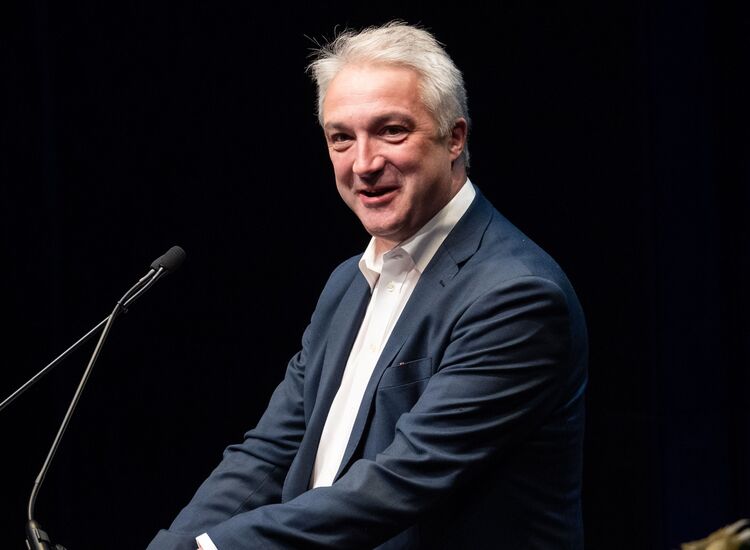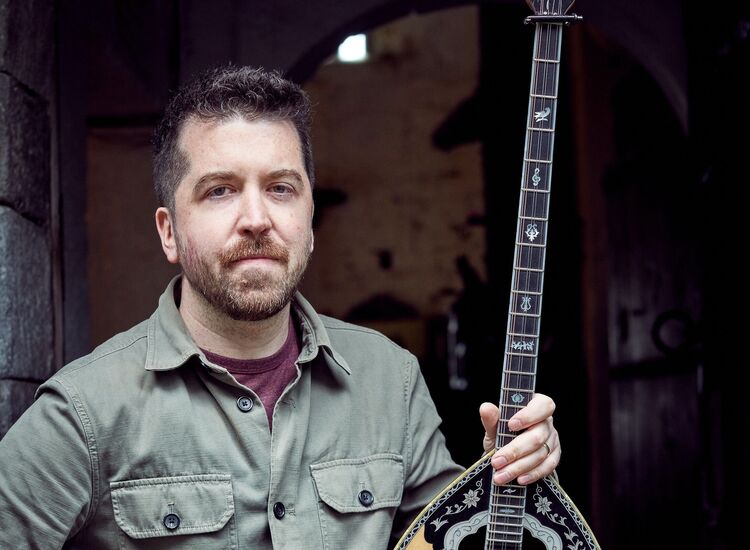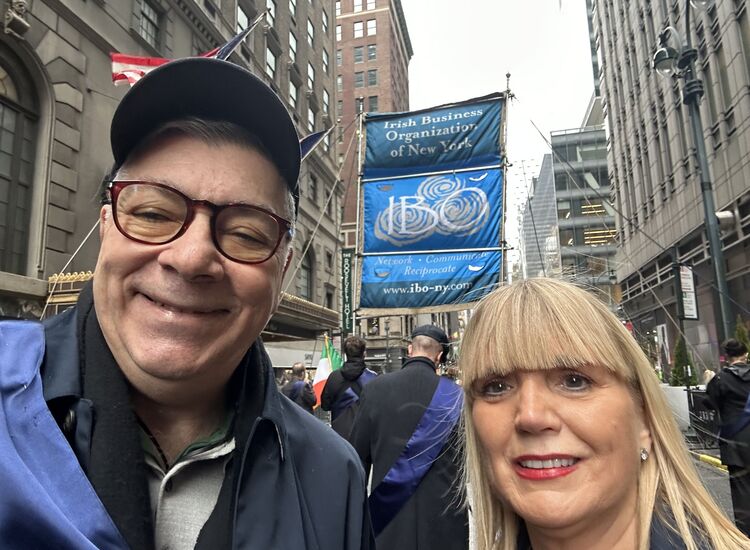By Peter McDermott
Artists take risks on neighborhoods. That explains the great success of Williamsburg in Brooklyn, according to Myk Henry, a performance artist from Swords, Co. Dublin. He moved there in 1985 from the Lower East Side during his first foray into New York City in his late teens.
“There were loads of artists working on lots of stuff,” he recalled. “That’s all died out. It doesn’t exist any more. It’s not bohemian. The more renegade stuff has moved on to places like Bushwick.”
He went back to Ireland and then to art school in Geneva. When he came back in more recent years, Williamsburg had become the “playground of the rich.”
The neighborhood still has, by reputation at least, the greatest concentration of artists in the world. The nearby Greenpoint, which is the city’s biggest Polish neighborhood, has seen the spillover in recent years and is still considered affordable by artists, including Henry who lives there with his wife Jean and their 5-year-old son Seamus.
“The money is in Manhattan. The audience is in Manhattan. It’s harder to get a curator to come out to Brooklyn, certainly to Sunset Park,” said Castlewellan, Co. Down painter Conor McGrady, referring to the neighborhood he moved into recently with his wife.
While Manhattan is a mecca for artists worldwide, when they get here Brooklyn is where they tend to live and in most cases work.
Newtownards, Co. Down painter Rodney Dickson and his wife Juliet Hone, a sweater designer from England, live in a converted cigarette and candy warehouse in Greenpoint, which also doubles as his studio.
He enjoys the vibrancy of the city. “You get to meet a lot of people and hear a lot of viewpoints. Even if an artist lives in a wee town, at some point they get pulled through New York.
“It’s good for your own work to be involved in that,” he said.
“I could go to Vietnam [he has traveled to Asia regularly over the past two decades] and I can see how that would be much easier,” Dickson said. “But I still believe that the intellectual benefits of New York outweigh the financial downside. I don’t know what happens, though, when you get too old.
“Money. That’s the problem. It is with everyone you talk to. Almost nobody makes much money at it,” he said.
That the case even for those like Dickson, who has on occasion sold paintings with five-figure price tags, and his friend Belfast native Tom Bevan, who has been the recipient of five-figure foundation grants and done several prestigious residencies.
Bevan, like Dickson and McGrady, travels overseas to exhibitions where his work is showing. He went to London and Vietnam last winter and will exhibit in County Fermanagh early next year
“I’m trying to connect more with Ireland,” he said. “I’m better known there because of the work I do about the Troubles.”
Bevan, who does assemblage sculptures from found materials, spends periods living and working in a rented house in Glencar, Co. Down, that has no indoor running water or electricity.
He first came to New York as a resident in the P.S. 1 International Studio Program, which has been discontinued. He was Northern Ireland’s representative in that year, 1993, while his girlfriend Yoshiko Kanai was Japan’s. “I stayed because of her,” he said.
Unlike some of his colleagues, Bevan said he hasn’t found artists more clubbable in New York than other places. “But that might because I was older when I first came here,” the 63-year-old said.
John Spinks, who is the same age, acknowledged that that’s a potential issue, but said: “I’ve always thought the eternal child should be alive for an artist.”
The Clinton Hill resident, who was born in his mother’s Ennis, Co. Clare and raised in his father’s Newcastle in England, added with a laugh: “I’m waning but I’m gaining.”
“Brooklyn nurtures artists,” Spinks said. “It’s more human than Manhattan.”
Dickson has found more camaraderie in Brooklyn and New York generally than in smaller scenes such as Liverpool, where he trained and lived for a number of years, and Vietnam. “When there are not so many artists, there’s more bickering and more jealousy,” he said. “I wouldn’t say that there’s none of that here, but there’s less of it.”
“There’s a general sense of solidarity,” Henry said. “We stick by each other.”
McGrady said he’s believes the fellow feeling is stronger among artists who share the same studio building and more particularly when they have to fight to hold on to it.
He admires generally the greater institutional commitment to public art in the borough. He works part time at the Groundswell Community Mural Project (in addition to his teaching commitments at the School of Visual Arts and the New School). “There are quite a lot of initiatives like that in Brooklyn,” he said.
However, like most artists he’d rather be closer to the action in Manhattan.
“I’m here out of economic necessity,” McGrady said. “I like Brooklyn, but I don’t love it. I don’t feel particularly passionate about it.”
For more information go to
www.conormcgrady.com,
www.rodneydickson.com,
www.tombevanart.blogspot.com
and John Spinks’s website
www.newpainters.com.
(PHOTO BY PETER MCDERMOTT Friends and artists, from left, Myk Henry, who is from Swords, Co. Dublin, Rodney Dickson, Newtownards, Co. Down, and Tom Bevan, Belfast, are all residents of the Greenpoint section of Brooklyn.)









